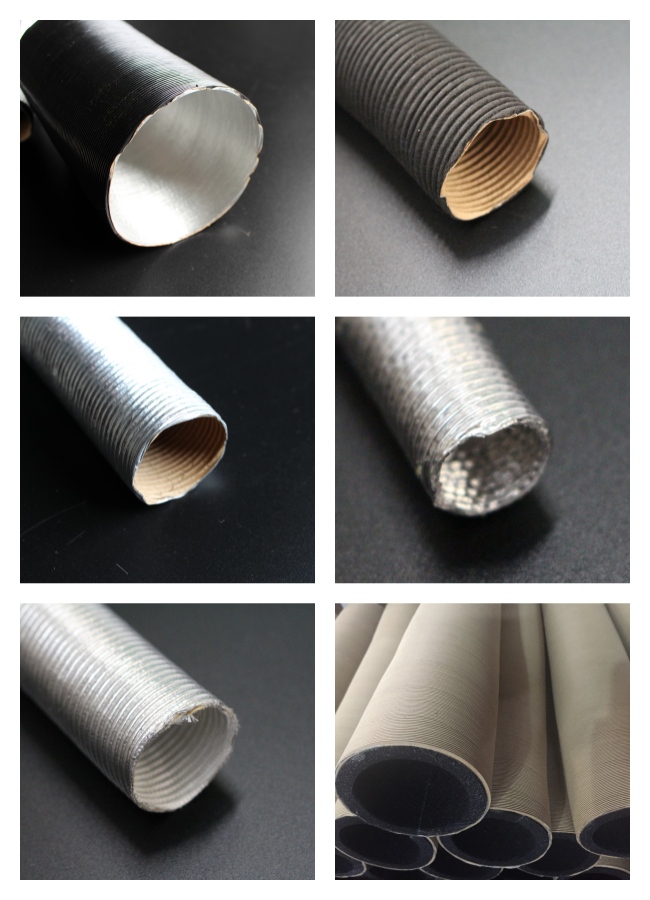The hot air ducting in a parking heater is a crucial component that ensures the efficient distribution of heat throughout a vehicle’s interior. Here’s a step-by-step breakdown of how it works:

Components and Layout
Heater Unit:
This is the main device that generates heat. It can be fuel-based (using diesel or gasoline) or electric.
Contains a combustion chamber, heat exchanger, and exhaust system for fuel-based heaters.
Air Intake:
Ambient air is drawn into the heater unit from outside or inside the vehicle.
An air filter may be used to remove dust and debris.
Heat Generation and Exchange:
In fuel-based heaters, the fuel is combusted in the combustion chamber, producing heat.
The heat exchanger transfers this heat to the incoming air without mixing combustion gases with the heated air.
In electric heaters, electrical energy is converted into heat and transferred to the air.
Fan/Blower:
A fan or blower forces the heated air from the heat exchanger into the ducting system.
Ensures a steady and controlled flow of warm air.
Ducting System:
A network of insulated tubes or conduits directs the hot air from the heater unit to various parts of the vehicle's interior.
Made from heat-resistant materials to withstand high temperatures.
Vents/Outlets:
Vents are strategically placed throughout the vehicle to ensure even distribution of warm air.
These can often be adjusted to control the flow of air to different parts of the cabin.
Operational Workflow
Activation:
The heater is turned on via a switch, remote control, or programmable timer.
For fuel-based heaters, the fuel pump supplies fuel to the combustion chamber.
Air Heating:
Ambient air is drawn into the heater unit through the intake.
The air passes through the heat exchanger, where it absorbs heat from the combustion or electric element.
Air Circulation:
The heated air is pushed by the blower into the ducting system.
The ducting channels the warm air to various parts of the vehicle’s cabin.
Heat Distribution:
The warm air exits through vents placed around the vehicle.
Vents can be directed towards specific areas like the driver’s seat, passenger seats, or rear compartments.
Benefits
Fuel Efficiency: Heats the cabin without needing to run the vehicle’s engine, conserving fuel.
Comfort: Pre-warms the vehicle, ensuring a comfortable temperature upon entry.
Safety: Reduces the need for idling the engine, which can be hazardous in enclosed spaces.
Maintenance
Regular Cleaning: Air filters should be cleaned or replaced regularly to ensure efficient airflow.
Duct Inspection: Check for any blockages or leaks in the ducting system to maintain proper heat distribution.
Exhaust System Check: Ensure the exhaust system is clear and functioning to prevent the buildup of harmful gases like carbon monoxide.
In essence, the parking heater hot air ducting system efficiently transfers and distributes heat from the heater unit to the vehicle’s interior, ensuring a warm and comfortable environment without relying on the vehicle’s main engine.
